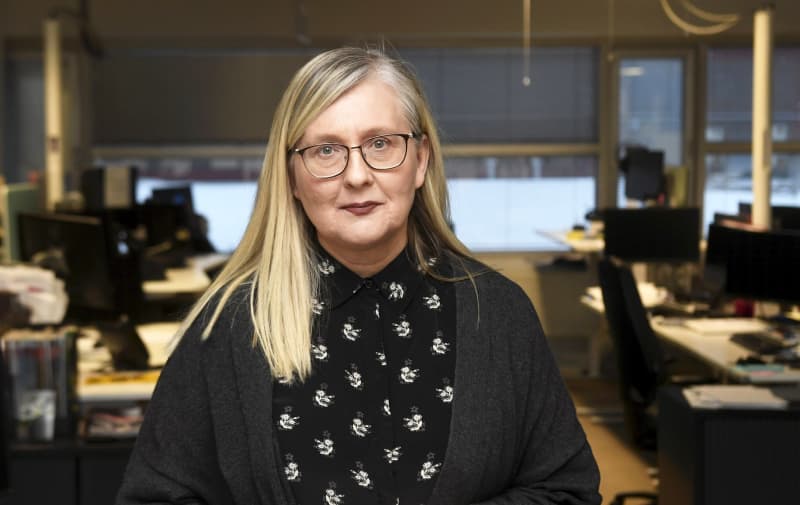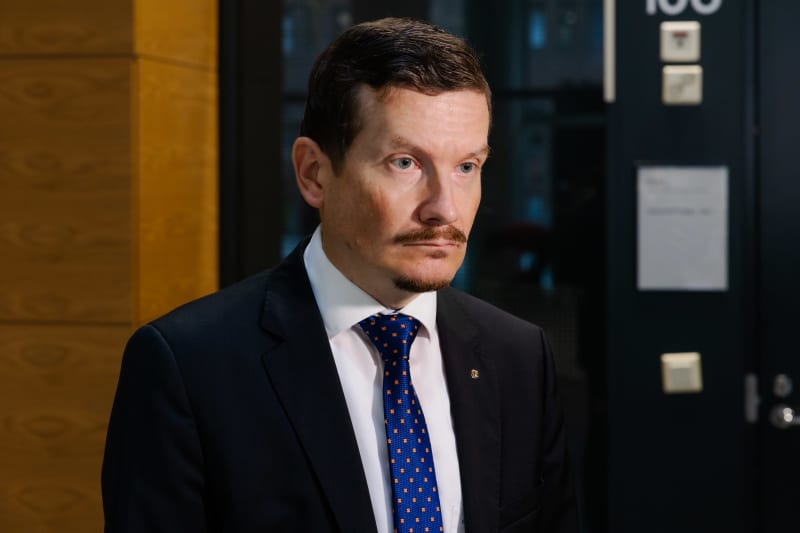The president of the Association of Chief Journalists, Minna Holopainen, criticized Kaius Nieme’s actions during police interrogations and during the trial. Niemi replies that not everything is known publicly.
Holopainen has published several tweets related to the issue.
Holopainen reminds that the editor-in-chief must take responsibility for his magazine’s publication decisions. In Holopainen’s opinion, Niemen should have openly stated in the police interrogations regarding the Viestikeskus case that he was responsible for the publication of the case.
Kaius Niemi says that he agrees with Holopainen that the responsible editor-in-chief should be the one responding to the accusations when the accusation has hit the journalists in line and the middle rung.
– It must be remembered that we were of the opinion when the preliminary investigation was completed that the evidence would not be enough to press charges at all, Niemi answers.
Three Helsingin Sanomat journalists are being asked to receive conditional prison sentences because of the story published by the newspaper in December 2017. They deny the charges.
Niemi was suspected of a crime in the preliminary investigation, but was not charged. The prosecutor found no evidence that Niemi knew about the article before its publication. Since then, a defense witness has said that Niemi knew about the article in advance.
The accusations surprised Hesar
Niemi says that the dismissal of the journalists’ charges came as a surprise to them. He says he stands with the journalists.
– Holopainen thinks that the editor-in-chief should have announced that he was responsible at the very beginning. Why this has not been done here is related to the fact that the case is very exceptional. Our reporter’s home was searched and his tools were confiscated.
Niemi continues that during the preliminary investigation, which lasted four years, they had no view of what materials the preliminary investigation had at hand. In addition, the suspect had a restraining order imposed by the police, meaning that the matter could not be discussed in the editorial office.
– This situation has been exceptional and unique in modern media history.
Niemi continues that even in such a situation, the editor-in-chief is responsible for the delivery.
– If the defense strategy ends up not saying anything during the preliminary investigation, it also has a protective function for the rest of the delivery. We have been driven here by the precautionary principle, which is related to the fact that the number of suspects would not grow uncontrollably. This may be difficult to understand from today’s perspective, but it is a long and pressurized period.
\”The responsibility belongs to me\”
According to STT’s Holopainen’s criticism, the editor-in-chief should take care of being aware of published stories, especially risky ones. Niemi says that he is on the same lines as Holopainen here.
– This is stated in the final statement of the preliminary investigation. Even though I was silent during the interrogations, in the final statement I have said that the responsibility belongs to me, and not to other people in the editorial department. Unfortunately, this has not been taken into account in the preliminary investigation, but the responsibility has been extended to other persons.
According to Nieme, this also came as a surprise. According to him, appealing to self-incrimination protection is related to this.
– My silence during the interrogations has been related to issues other than myself, i.e. we have wanted to protect sources and avoid a situation where a significant amount of the delivery becomes subject to very serious criminal suspicions.
Niemi says that he is responsible for protecting all his journalists, and that’s exactly what he was trying to do with his silence.
– Our situation is so special that it does not follow the normal pattern of taking responsibility, but that does not mean that responsibility has not been taken, says Niemi.
Niemi claims that the most essential thing is that HS has not published anything that could endanger national security. He repeats HS’s view that all the content of the Viestikoekeskus case could be found from public sources.
– This is a very critical situation for Finland as a model country for the media and exceptional on an international level. In the end, the trial is about the relationship between the public and the secret.
Niemi states that the questions posed by Holopainen will be answered as the trial progresses.
– Justice is not discussed on social media, in newspaper columns or on talk shows.

Holopainen will be sidelined as PTY chairman
Minna Holopainen has announced that she will stay aside for the rest of the season from the position of chairman of the Association of Chief Journalists.
He tells about his decision in the press release he gave to the members of the association. In it, Holopainen states that he intends to comment on the realization of the chief editor’s responsibility in the Viestikoekeskus trial, and therefore cannot continue in his position.
– On my own initiative, I am stepping aside from the position of PTY chairman, because I am going to comment on the implementation of the editor-in-chief responsibility in connection with the Viestikoekeskus trial, Holopainen states.
– My own view is that in the position of chairman, it is not my duty to interfere in public with the journalistic decisions of the members of the association, he continues.
Minna Holopainen is not going to represent the association during her term, nor will she participate in board meetings.
Founded in 1972, the Association of Editors-in-Chief is an association of news media editors-in-chief that promotes the skills, general education and professional working conditions of its members. The association includes editors-in-chief, editorial editors and editors-in-chief, as well as journalists working in similar positions.
The association has 207 members.

